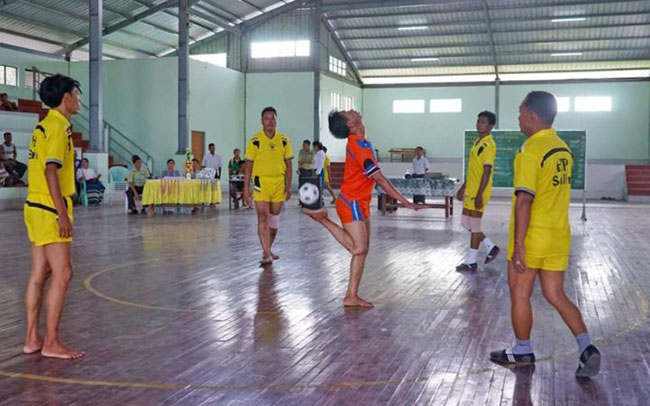Playing Chinlone: A signature sport of Myanmar
The people of Myanmar have been playing Chinlone (cane ball), as a traditional physical activity since ancient times, continuing to this day. While the exact origin of Chinlone in Myanmar is unknown, a silver Chinlone was excavated from the Bawbawgyi Pagoda in the ancient Pyu city of Sri Ksetra, where it was built and revered by King Duttabaung.
A historical account also mentions that during the reign of King Bagan, who ascended the throne in 1208 ME, a sculptor from Thailand created a Chinlone carved from ivory, which the king became very fond of. The king then instructed the sculptor to create Chinlones made of hand-woven rattan and asked the courtiers to play by kicking them with their feet. At that time, they played only in circles, and the act of playing in circles was believed to help bring one’s mind together. As a result, a slogan for playing Chinlone emerged: “Compromise, Consensus, and Equality”.
There are two ways to play Chinlone: single-player and team. In single-player play, the player uses various parts of his body to control the Chinlone. The player may even use one to six Chinlones at the same time.In team play, four to five people play the same Chinlone together in a circle, with the goal of controlling the cane ball using various parts of the body and movement, so that it doesn’t fall to the ground.
The traditional way of playing Chinlone now involves not only the feet but also other body parts, including the knees, shoulders, head, back, and elbows, attracting the attention of overseas enthusiasts.


